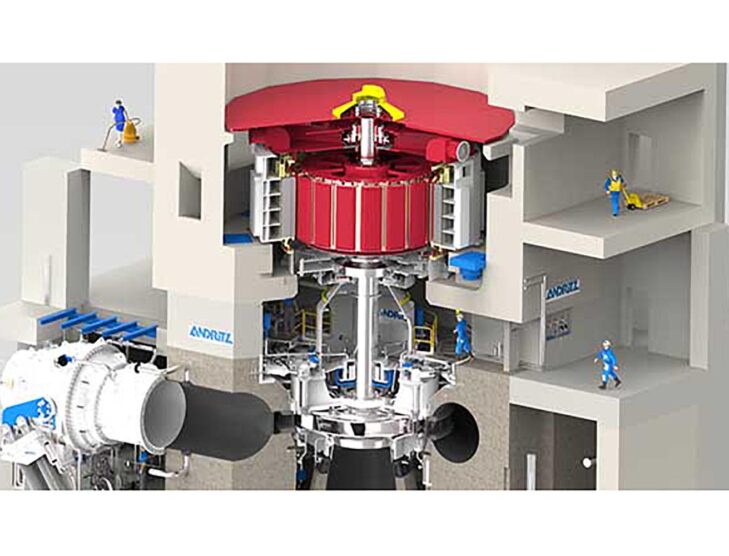
Gravity batteries: The future of renewable energy storage?
The global push towards renewable energy sources is undeniable. In 2022, the International Energy Agency (IEA) reported an 8% increase in renewable energy from sources like solar, wind, hydro, geothermal, and ocean, now accounting for 5.5% of the global energy supply. But with the rise of variable renewable energy (VRE) sources like solar and wind, there’s a looming question: How do we store energy for times when the sun isn’t shining or the wind isn’t blowing?
Lithium-ion batteries, with their high energy density, have been the go-to solution, with the market valued at USD45.7 billion in 2022. However, concerns about their durability, the environmental impact of lithium mining, and costs have paved the way for alternative storage solutions.
Pumped-hydropower systems, which store water at high elevations and release it to generate electricity, have been a dominant player, accounting for 94% of global energy storage capacity. But their reliance on specific geographical features limits their scalability.
Enter “gravity batteries” or gravitational energy storage systems (GESS). Unlike the conventional batteries we’re familiar with, gravity batteries store energy by elevating heavy objects and releasing them to produce electricity. Swiss company Energy Vault has been at the forefront of this technology. In August 2023, they began commissioning the world’s first commercial, grid-scale GESS in Rudong, Jiangsu Province, China. With a capacity of 100 megawatt hours (MWh), this facility is set to be fully operational by the end of 2023.
Energy Vault’s approach involves lifting 35-tonne cement/polymer-based composite bricks, which are then lowered to generate power. This system promises energy savings of up to 70% compared to other technologies and doesn’t degrade over time.
But they’re not alone in this venture. Scottish startup Gravitricity aims to repurpose decommissioned mine shafts for gravity batteries, capitalising on existing infrastructure. They’ve already secured funding and partnerships to bring their vision to life.
California’s Gravity Power is taking a slightly different approach, combining water and gravity in deep shafts to produce electricity. Their method promises energy return at about half the cost of lithium-ion batteries.
However, as with all emerging technologies, gravity batteries face skepticism. Critics question their practicality, the environmental impact of constructing the required materials, and their overall efficiency.
In conclusion, as the world grapples with the challenges of renewable energy storage, gravity batteries present a promising, albeit debated, solution. Only time will tell if they’ll become a mainstay in our renewable energy toolkit.









